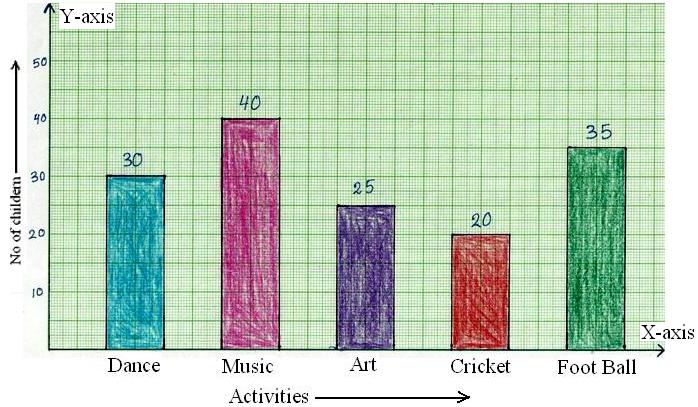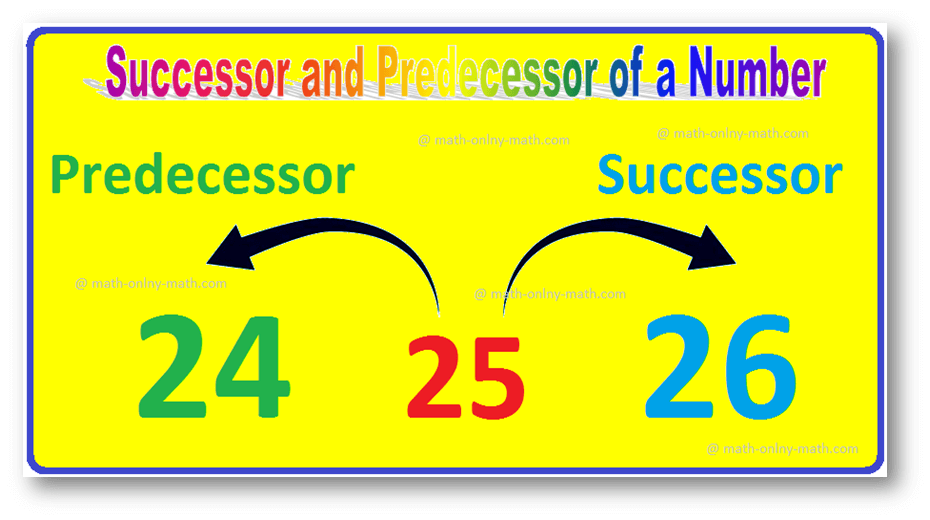Subscribe to our ▶️ YouTube channel 🔴 for the latest videos, updates, and tips.
Home | About Us | Contact Us | Privacy | Math Blog
Square of Identities Involving Squares of Sines and Cosines
We will learn how to solve identities involving square of sines and cosines of multiples or submultiples of the angles involved.
We use the following ways to solve the identities involving square of sines and cosines.
(i) Express the first two squares of L.H.S. in terms of cos 2A (or cos A).
(ii) Either retain the third term unchanged or make a change using the
formula sin2 A+ cos2 A = 1.
(iii) Keeping the numericais (if any) apart, express the sum of two cosines in
the form of product.
(iv) Then use the condition A + B +
C = π (or A + B + C = π2)and take
one sine or cosine term common.
(v) Finally, express the sum or difference of two sines (or cosines) in the brackets as product.
1. If A + B + C = π, prove that,
cos2 A + cos2 B - cos2 C = 1 - 2 sin A sin B cos C.
Solution:
L.H.S. = cos2 A + cos2 B - cos2 C
= cos2 A + (1 - sin2 B) - cos2 C
= 1 + [cos2 A - sin2 B] - cos2 C
= 1 + cos (A + B) cos (A - B) - cos2 C
= 1 + cos (π - C) cos (A - B) - cos2 C, [Since A + B + C = π ⇒ A + B = π - C]
= 1 - cos C cos (A - B) - cos2 C
= 1 - cos C [cos (A - B) + cos C]
= 1 - cos C [cos (A - B) + cos {π - (A + B)}], [Since A + B + C = π ⇒ C = π - (A + B)]
= 1 - cos C [cos (A - B) - cos (A + B)]
= 1 - cos C [2 sin A sin B]
= 1 - 2 sin A sin B cos C = R.H.S. Proved.
2. If A + B + C = π, prove that,
sin2 A2 + sin2 A2 + sin2 A2 = 1 - 2 sin A2 - sin B2 sin C2
Solution:
L.H.S. = sin2 A2 + sin2 B2 +
sin2 C2
= 12(1 - cos A) + 12(1 - cos B) + sin2 C2, [Since, 2 sin2 A2 = 1 - cos A
⇒ sin2 A2 = 12(1
- cos A)
Similarly, sin2 B2
= 12( 1 - cos B)]
= 1 - 12(cos A + cos B) + sin2 C2
= 1 - 12 ∙ 2 cos A+B2 ∙ cos A−B2 + sin2 C2
=1 - sin C2 cos A−B2 + sin 2 C2
[A + B + C = π ⇒ A+B2 = π2 - C2.
Therefore, cos A+B2 = cos (π2 - C2) = sin C2]
= 1 - sin C2[cos A−B2 - sin C2]
= 1 - sin C2[cos A−B2 - cos A+B2] [Since, sin C2 = cos A+B2]
= 1 - sin C2[2 sin A2 ∙ sin B2]
= 1 - 2 sin A2 sin B2 sin C2 = R.H.S. Proved.
3. If A + B + C = π, prove that,
cos2 A2 + cos2 B2 -
cos2 C2 = 2 cos A2 cos B2
sin C2
Solution:
L.H.S. = cos2 A2 + cos2 B2 - cos2 C2
= 12(1 + cos A) + 12(1 + cos B) - cos2 C2, [Since, 2 cos2 A2
= 1 + cos A ⇒ cos2
A2 = 12(1 + cos A)
Similarly, cos2 B2 = 12(1 + cos B)]
= 1 + 12(cos A + cos B) - cos2 C2
= 1 + 12 ∙ 2 cos A+B2 cos A−B2 - 1 + sin2 C2
= cos A+B2 cos A−B2 + sin2 C2
= sin C/2 cos A−B2 + sin2 C2
[Since, A + B + C = π ⇒ A+B2 = π2 - C2.
Therefore, cos (A+B2) = cos (π2 - C2) = sin C2]
= sin C2 [cos A−B2 + sin C2]
= sin C2 [cos A−B2 + cos A+B2], [Since, sin C2 = cos A−B2]
= sin C2 [2 cos A2 cos B2]
= 2 cos A2 cos B2 sin C2 = R.H.S. Proved.
● Conditional Trigonometric Identities
- Identities Involving Sines and Cosines
- Sines and Cosines of Multiples or Submultiples
- Identities Involving Squares of Sines and Cosines
- Square of Identities Involving Squares of Sines and Cosines
- Identities Involving Tangents and Cotangents
- Tangents and Cotangents of Multiples or Submultiples
11 and 12 Grade Math
From Square of Identities Involving Squares of Sines and Cosines to HOME PAGE
Didn't find what you were looking for? Or want to know more information about Math Only Math. Use this Google Search to find what you need.
Recent Articles
-
Construction of Bar Graphs | Examples on Construction of Column Graph
Jul 30, 25 03:20 PM
Now we will discuss about the construction of bar graphs or column graph. In brief let us recall about, what is bar graph? Bar graph is the simplest way to represent a data. In consists of rectangular… -
Successor and Predecessor | Successor of a Whole Number | Predecessor
Jul 29, 25 12:59 AM
The number that comes just before a number is called the predecessor. So, the predecessor of a given number is 1 less than the given number. Successor of a given number is 1 more than the given number… -
Worksheet on Area, Perimeter and Volume | Square, Rectangle, Cube,Cubo
Jul 28, 25 01:52 PM
In this worksheet on area perimeter and volume you will get different types of questions on find the perimeter of a rectangle, find the perimeter of a square, find the area of a rectangle, find the ar… -
Worksheet on Volume of a Cube and Cuboid |The Volume of a RectangleBox
Jul 25, 25 03:15 AM
We will practice the questions given in the worksheet on volume of a cube and cuboid. We know the volume of an object is the amount of space occupied by the object.1. Fill in the blanks: -
Volume of a Cuboid | Volume of Cuboid Formula | How to Find the Volume
Jul 24, 25 03:46 PM
Cuboid is a solid box whose every surface is a rectangle of same area or different areas. A cuboid will have a length, breadth and height. Hence we can conclude that volume is 3 dimensional. To measur…






New! Comments
Have your say about what you just read! Leave me a comment in the box below. Ask a Question or Answer a Question.